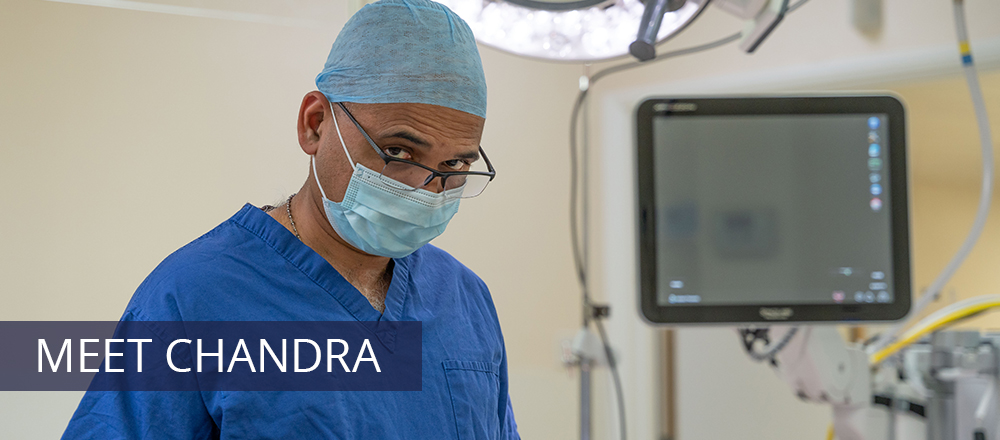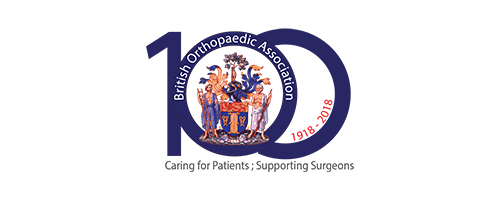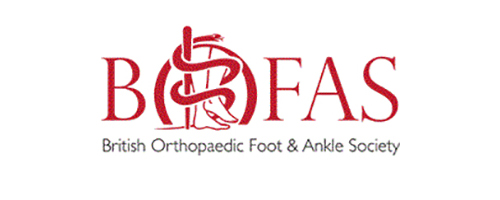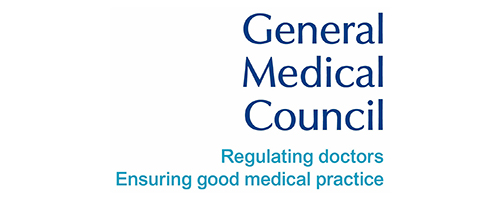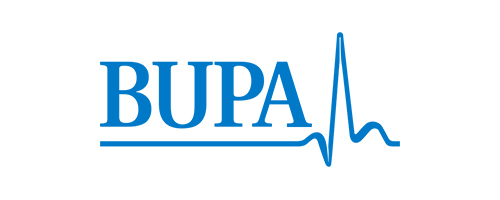Bunions (Hallux Valgus)
A metatarsal osteotomy is an operation for bunions (hallux valgus).
Surgery for a bunion may be advised if simple measures, such as well-fitting shoes, simple painkillers and padding do not relieve the discomfort of the bunion. It is only appropriate if you are willing to be realistic about footwear after surgery, and understand and accept the potential problems of the procedure.
What does the operation involve?
A cut is made on the side of the bunion. The big toe joint is opened and the bony lump is removed. The first metatarsal is cut through, re-positioned and fixed with one or two screws. Sometimes a second cut is made between the first and second toes to free up the tight tissues on this side of the toe. The soft tissues on the other side of the joint are tightened to correct the deformity and the wound stitched up. The foot is dressed in soft bandages.
Can it be done as a day case operation?
If you are medically fit, have someone who can collect you and look after you after the operation, and you are comfortable afterwards, the operation can be done on a day case basis. However, if you have other medical problems such as diabetes, asthma or high blood pressure, you may have to be admitted the day before for tests and stay overnight after surgery. If you cannot be collected and looked after you must stay overnight to avoid complications. The commonest reason for having to stay overnight after bunion surgery is for pain control, as many of these operations involve breaking and re-positioning a bone. They may therefore be quite painful immediately afterward. Local anaesthetic injections can help with this, but not everyone is comfortable to go home.
What happens afterwards?
You can go home when comfortable and safe. An X-ray may be taken before you go home. For the first 2 weeks, you should avoid walking if possible and only put your weight through the heel. When not walking, rest with your foot elevated to reduce swelling.
You will be seen in the clinic 2 weeks after your operation. The dressings will be removed, the wound examined, the stitches removed if necessary, and an X-ray taken if it was not done in hospital. You will then have a splint put on your toe to hold it in position. You will then be more mobile and able to walk on your heel using crutches to support you. You will be able to remove the splint for bathing and showering.
Another clinic appointment will be made for 4 weeks later. At this time the splint will be removed, the toe examined and another X-ray taken. If this shows the osteotomy has fused, you can leave the splint off. If the osteotomy is not yet solid, you may need to continue using the splint for another 3-4 weeks. The process will then be repeated.
CONTACT INFORMATION
Private Secretary: Jo Evans
joanne.evans66@nhs.net
NHS Secretary: Jo Brindle
jo.brindle@wvt.nhs.uk

